Articles > Music
Trying out the Rock & Roll Hall of Fame Band Members or Rock & Roll Hall of Fame Multiple Inductees quizzes? These performers will get you answers to both.
Dave Grohl
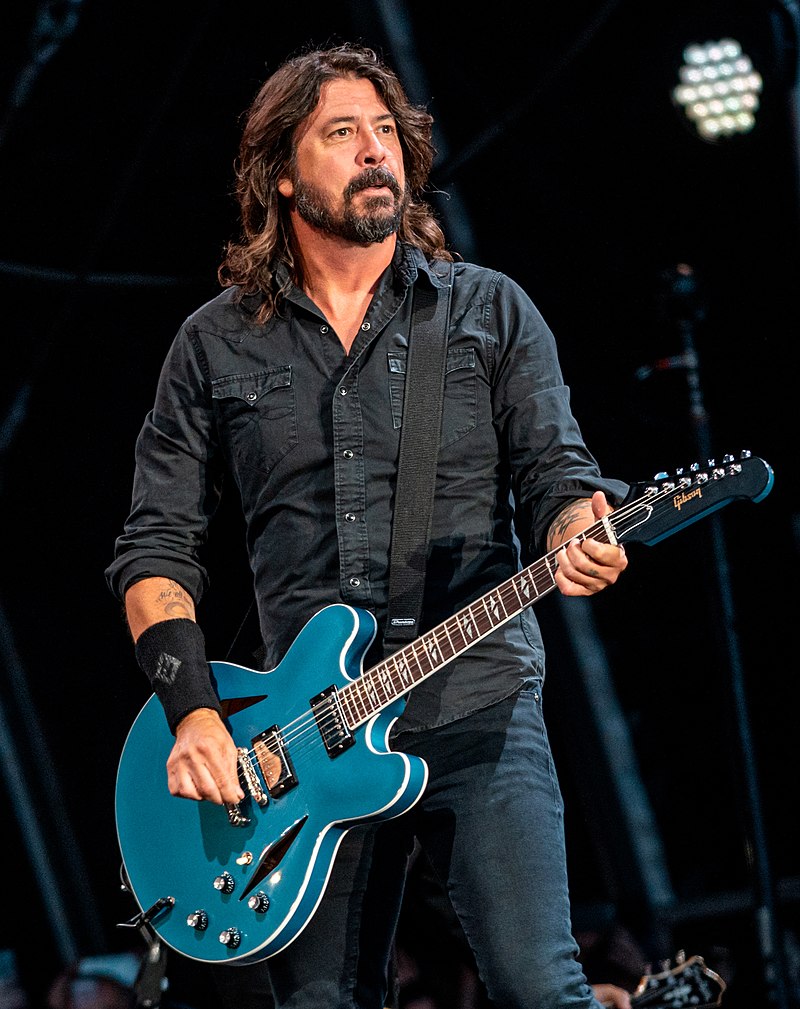
Dave Grohl has carved a legendary path in rock, first as the drummer for Nirvana and then as the frontman of Foo Fighters. His drumming in Nirvana, especially on the landmark album *Nevermind*, was explosive and transformative, helping to define the grunge era. Following Nirvana’s tragic end, Grohl pivoted to Foo Fighters, where he took on the role of guitarist and lead vocalist. Foo Fighters quickly became one of the biggest rock bands of the 2000s, known for hits like “Everlong” and “Best of You.” Grohl’s success with both bands and his adaptability between roles solidified his place in the Rock Hall of Fame twice.
David Crosby
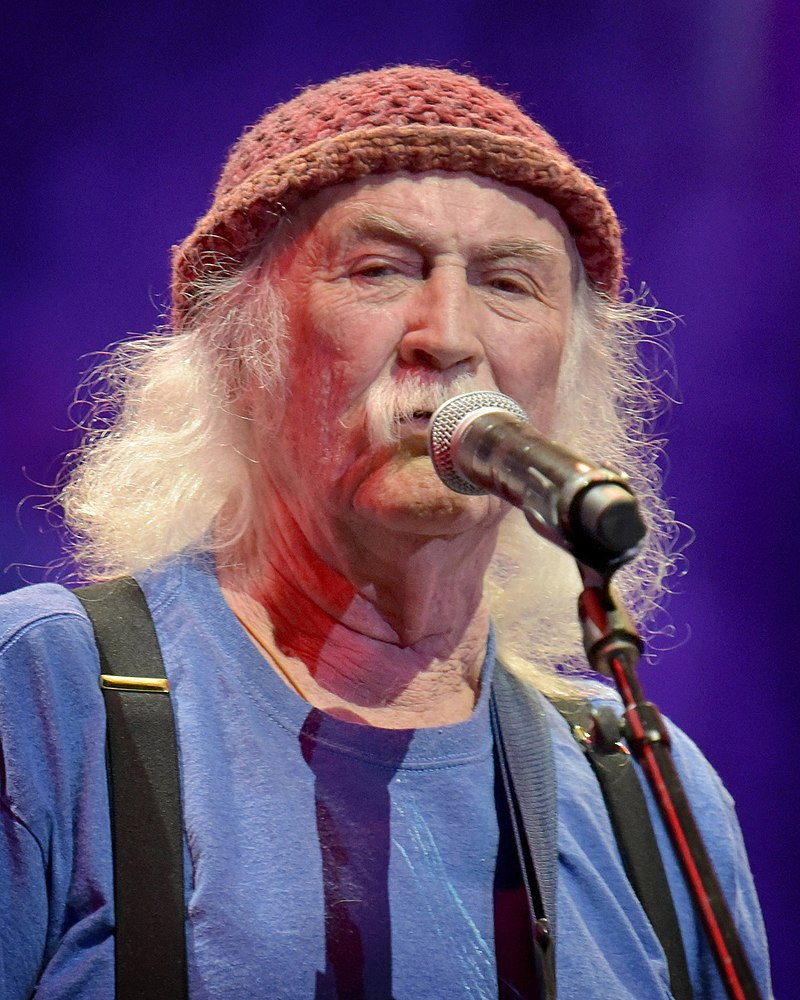
David Crosby was a foundational voice in rock, inducted into the Hall of Fame with two influential bands: The Byrds and Crosby, Stills & Nash. As a member of The Byrds, Crosby contributed to pioneering the fusion of folk and rock, with iconic songs like “Turn! Turn! Turn!” and “Eight Miles High.” Later, with Crosby, Stills & Nash, he helped create a new, harmonious folk-rock sound that became a hallmark of the 1970s. His vocal harmonies and intricate songwriting have left an indelible impact on rock music’s landscape.
Eric Clapton

Eric Clapton is the only artist to be inducted into the Rock and Roll Hall of Fame three times: with The Yardbirds, Cream, and as a solo artist. His time with The Yardbirds established him as a formidable guitarist, introducing him to the world of British blues rock. Later, with Cream, Clapton’s prowess shone even brighter, as the trio pushed blues into heavier, psychedelic territories, producing classics like “Sunshine of Your Love.” Clapton’s enduring influence and technical skill have made him a rock icon across multiple eras and genres.
Graham Nash

Graham Nash has enjoyed a storied career with two major bands: The Hollies and Crosby, Stills & Nash. With The Hollies, Nash helped create a blend of pop and rock that gave rise to hits like “Bus Stop” and “Carrie Anne.” Later, he joined forces with Crosby and Stills, adding a harmonious layer that characterized the sound of Crosby, Stills & Nash. His contributions to both bands were pivotal in defining the sound of the 1960s and 1970s folk-rock scenes, earning him a well-deserved place in the Hall of Fame twice.
Gregg Rolie
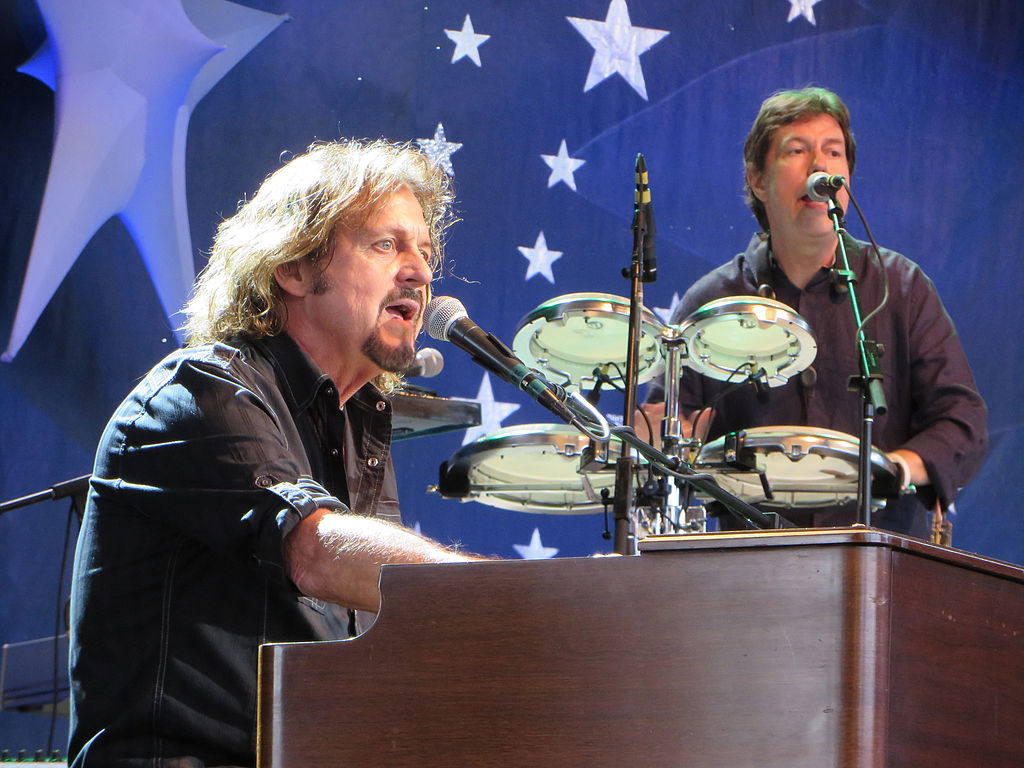
Gregg Rolie is celebrated for his work as a founding member of both Santana and Journey. As the original keyboardist and vocalist for Santana, he was instrumental in shaping the band’s unique blend of rock, blues, and Latin sounds, especially on hits like “Black Magic Woman.” Later, Rolie co-founded Journey, where he continued to innovate in rock with a more polished, arena-friendly sound. His contributions to these two successful bands highlight his versatility and influence in rock history.
Jimmy Page

Jimmy Page is known for his groundbreaking work as a guitarist with both The Yardbirds and Led Zeppelin. With The Yardbirds, he brought an experimental edge to British rock, laying the groundwork for his later work. Led Zeppelin, co-founded by Page, became one of the most iconic bands in rock history, blending blues, rock, and folk influences into a heavy, distinctive sound. Page’s innovative guitar work, especially in Led Zeppelin, solidified his legacy as one of rock’s greatest guitarists.
Johnny Carter
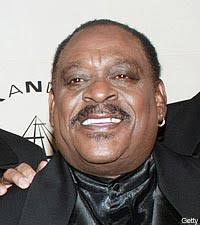
Johnny Carter is recognized for his contributions to both The Flamingos and The Dells. As a member of The Flamingos, he helped define the doo-wop genre, with classics like “I Only Have Eyes for You.” His later work with The Dells showcased his versatility, as he adapted his style to the evolving soul genre. Carter’s unique voice and adaptability across different styles and eras earned him a rare dual induction into the Hall of Fame.
Mick Jones

Mick Jones is best known for his work with two influential bands: The Clash and Foreigner. As a guitarist for The Clash, he contributed to their genre-defining punk sound, especially on albums like *London Calling*. Later, with Foreigner, Jones pivoted to a more mainstream rock sound, crafting hits like “Cold as Ice” and “I Want to Know What Love Is.” His ability to excel in two distinct musical styles reflects his adaptability and skill.
Roger Taylor

Roger Taylor has had a unique career as a drummer for both Queen and Duran Duran. With Queen, Taylor’s drumming and occasional lead vocals contributed to the band’s legendary status, with songs like “Radio Ga Ga.” He later joined Duran Duran, bringing his rhythmic expertise to the band’s synth-pop sound. Taylor’s journey through different rock and pop genres has made him one of the few drummers to be inducted with two bands.
Ronnie Wood

Ronnie Wood has achieved fame as a guitarist for The Rolling Stones and Faces. His work with Faces showcased a raw, blues-influenced style that resonated in the early 1970s. Later, he joined The Rolling Stones, where he became a defining part of their legendary sound and continued to perform for decades. Wood’s seamless integration into both bands highlights his remarkable versatility and talent.
Sammy Strain
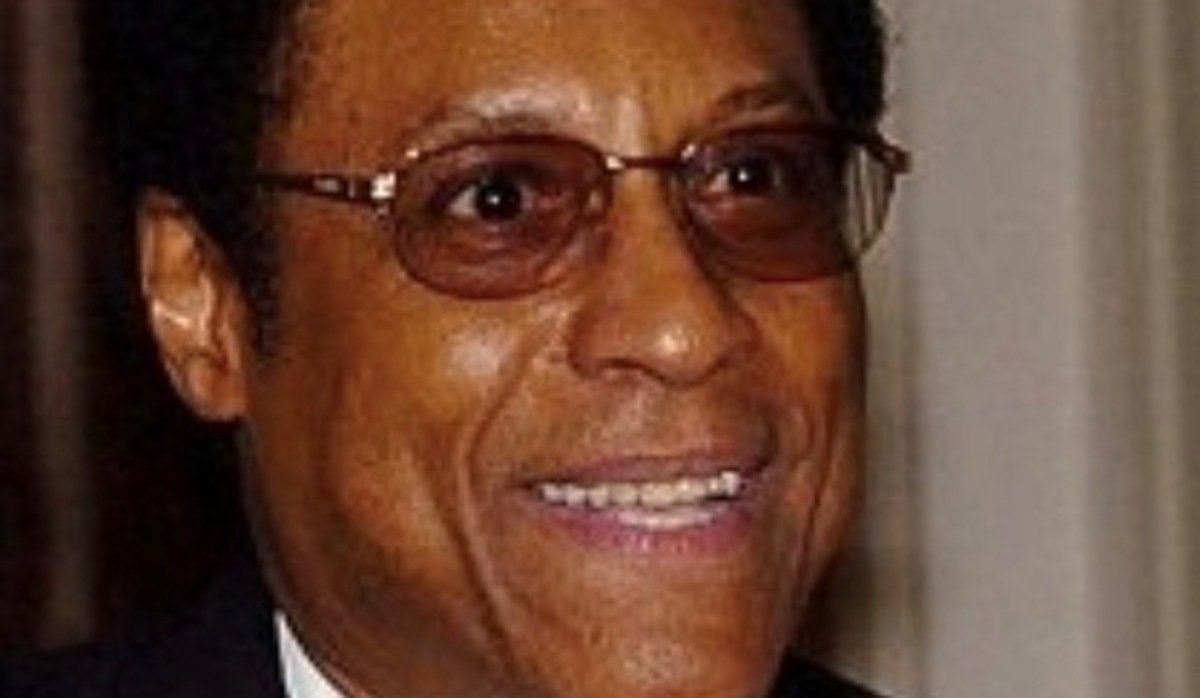
Sammy Strain is known for his contributions to both The O’Jays and Little Anthony and the Imperials. With The O’Jays, Strain helped the band rise to prominence in the soul and R&B genres, producing classics like “Love Train.” Before that, with Little Anthony and the Imperials, Strain’s voice added depth to the group’s sound, especially in hits like “Tears on My Pillow.” Strain’s contributions to two distinct R&B sounds earned him a dual Hall of Fame induction.
Stephen Stills

Stephen Stills made his mark with two highly influential bands: Crosby, Stills & Nash and Buffalo Springfield. With Buffalo Springfield, he co-wrote songs like “For What It’s Worth,” a defining track of the 1960s. Later, as part of Crosby, Stills & Nash, Stills’ harmonies and musicianship helped create some of the most memorable music of the folk-rock era. His work across both bands has made him a respected figure in rock history.




